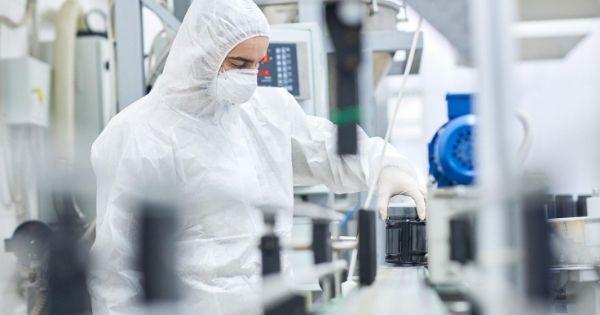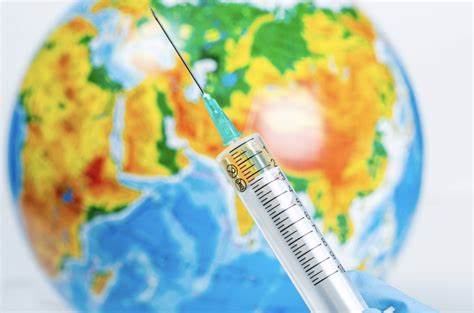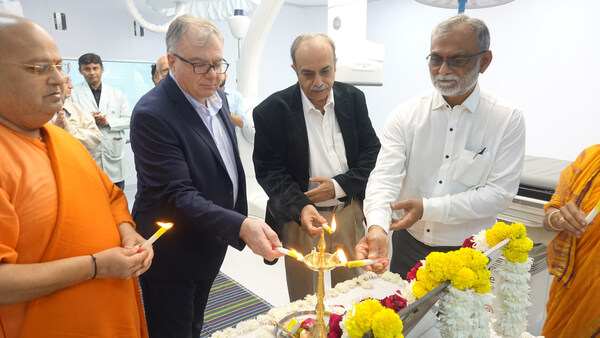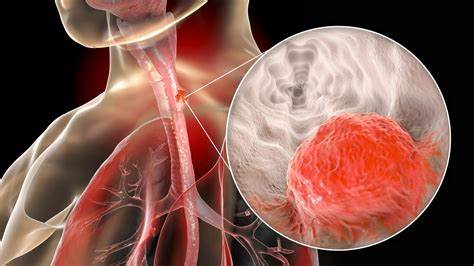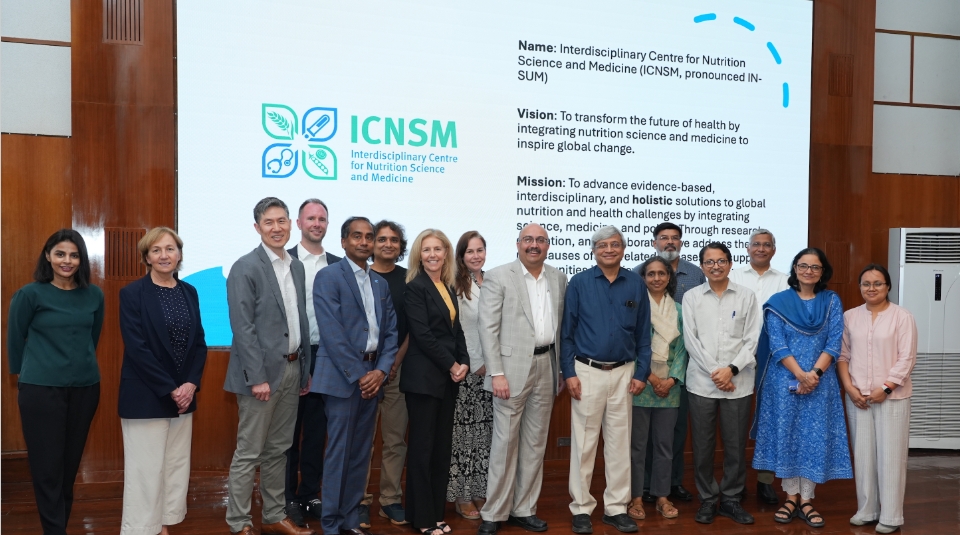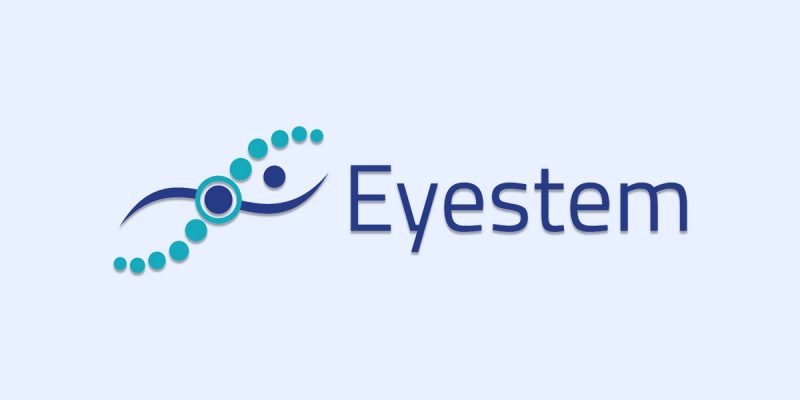Deadly Silence: India's Negligent Pharma Manufacturing Units
July 31, 2025 | Thursday | Features | By Sanjiv Das
Indian pharma manufacturing units are a ticking time bomb. Inflammable chemicals that require special handling are often callously used by ignorant workers leading to reactions, reactor blasts and deaths. Above it, ill-designed setups and less knowledge of hardware and software are taking a toll on the industry. Showing a lackadaisical attitude towards the way manufacturing sites are being operated, Indian pharma companies are at the receiving end of various domestic and global regulators. Overlooking safety issues will lead to more catastrophic events.
image credit- shutterstock
India’s growing pharma industry has a sordid tale to say. Amidst the hype of ‘Pharmacy of the World,’ discussions about tariffs and patent expiry leading to an opportunity for Indian pharma companies, hardly any discussions are held on the killer pharma manufacturing facilities. Unless and until something fatal happens.
A majority of the pharma companies seem to turn a blind eye to the lurking danger at its manufacturing sites across the country. So much so that lives are lost due to these catastrophic events.
Pharma manufacturing plants store chemicals, sometimes inflammable that are always at high risk. Reports of manufacturing plants not complying with safety standards are nothing new. Not following safety and other protocols becomes a free ride for the US FDA to issue warning letters. The US watchdog is notoriously known for issuing warning letters and somewhere the feeling comes that the agency does it right on certain occasions.
The Indian pharma industry has a history of incidents leading to deaths at manufacturing facilities with fire breakouts the common one.
Multiple incidents
The industry is marred with fire safety issues. Reports of fatality in pharma plants due to fire, inhaling toxic gas etc. happen quite often.
The recent blast at the Sigachi Industries plant at Pashamylaram in Telangana points out a disaster that is being compared with the Bhopal Gas Tragedy that happened way back in 1984. The powerful blast led to more than 40 dead and scores injured.
The management of Sigachi Industries was booked for culpable homicide. A criminal investigation is being pursued where there are allegations of gross negligence by the company. It is also being claimed that repeated warnings of outdated and unsafe machinery were ignored.
This is the same company that has secured Terms of Reference (ToR) Approval from the State Environment Impact Assessment Authority (SEIAA), Andhra Pradesh for its upcoming API and Specialty Chemicals Manufacturing Facility in Orvakal, Andhra Pradesh.
The Sigachi incident is not an isolated case. In another tragic incident, in June 2025 two workers died while one was found critically injured due to toxic gas inhalation at Sai Sreyas Pharmaceuticals located at Jawaharlal Nehru Pharma City, Parawada of Anakapalle district, Andhra Pradesh. Here also repeated pleas to safety standards were ignored leading to a disaster.
On January 10, 2025, a fire incident was reported at Samarth Life Sciences at Manakpur in Baddi, Himachal Pradesh. Though no casualties were reported, the investigation revealed that the fire was caused by a short circuit.
In August 2024, Escientia Advanced Sciences in the Special Economic Zone at Atchutapuram in the Anakapalli district of Andhra Pradesh had a fire incident leading to 17 deaths and more than 35 injured. The investigation led to key design faults. There were reports of leakage of a highly inflammable solvent, Methyl Tert-Butyl Ether (MTBE) that is used in the pharmaceutical industry.
About 14 workers sustained injuries in a fire at a pharma company in Puducherry in November 2023. Solara Active Pharma Sciences at Kalapet reported the fire incident.
In another event seven workers suffered severe burns in a massive explosion that rocked Unit-1 of the Sahiti Pharma plant at Atchutapuram SEZ in Anakapalli district in June 2023. Reports suggest that the blast occurred while loading solvents into the solvent recovery plant.
Laurus Labs reported that four of its employees died following a flash fire in a room in a manufacturing block of its plant in Visakhapatnam, Andhra Pradesh in December 2022.
In January 2021, Pune-based Serum Institute of India reported a fire incident leading to five deaths at its Pune facility. The fire spread from a half-constructed building within the institute that was reportedly producing Covishield. And the list goes on.
What Industry Says…
A lot of manufacturing companies say they hold safety workshops; however, these programmes are usually rushed and don’t work. This is what Vinay Kumar, Senior Pharmacovigilance Professional says, while expressing his views. He further states that this ecosystem is quite complete; however, enforcement is not always constant and only happens when something goes wrong.
“Safety rules exist more on paper than in practice in a lot of plants, especially those in rural or heavily industrialised areas. The most worrisome thing is not the lack of information or equipment, but the lack of responsibility,” Kumar added.
He further said “A lot of places have regular inspection visits that are easy to schedule for. However, they usually miss the structural, ongoing problems that develop between audits. Regulatory groups also don’t have a lot of digital connections, which means that reports are duplicated and can be changed. The laws aren’t the problem; the challenge is following them, keeping an eye on them, and working together across agencies. Many units will still consider compliance as a formality unless enforcement happens more regularly and is based on more data.”
During the Confederation of Indian Industry (CII) Telangana ‘Pillars of Protection: Building a Fortress of Safety in Pharmaceutical and Chemical Manufacturing’ event, it was mentioned that the state of Telangana witnessed a whopping 102 major fire incidents in pharma units over the last decade, resulting in losses exceeding Rs 100 crore.
Dr Vinay Kumar Gupta, Assistant Drugs Controller (India), CDSCO Zonal Office, Hyderabad, Ministry of Health & Family Welfare, Government of India, emphasised the critical importance of safety in pharmaceutical and chemical manufacturing. According to him, during inspections, identifying even one safety issue can trigger significant improvements in an organisation. He also pointed out specific risks like potential product contamination from colour mix-ups and the importance of proper sampling environments.
Chakravarthi AVPS, Convener, CII Telangana Pharma and Life Sciences Panel & Chairman & Managing Director, Ecobliss India noted, “It's our collective responsibility to ensure that every manufacturing facility becomes a beacon of protection where safety, sustainability and operational excellence go hand in hand.”
He also mentioned the rolling of a dedicated workshop on mitigating human errors in pharmaceutical manufacturing and operations. A much-needed intervention, this workshop will address the core challenges that often get overlooked yet contribute significantly to quality deviations, regulatory observations, and workplace incidents.
According to Ranjit Barshikar, CEO – QbD International, United Nations Advisor, Member of Editorial Board of Journal of Generic Medicine UK, in the pharmaceutical industry, risk assessments are an ongoing and continuous process throughout the entire product lifecycle, as per ICH Q9. Safety programmes in the pharmaceutical industry are crucial for protecting workers, ensuring product quality, maintaining regulatory compliance, and in the interest of the company’s credibility. These programmes are typically integrated into the overall quality management system. (ICH Q10).
Emergency Preparedness
Most businesses have the necessary documents, such as chemical spill SOPs, evacuation maps, and emergency response plans. But the way they really do them on the ground isn’t necessarily the same or enough to deal with real-life crises like chemical leaks, fires, explosions, or broken equipment.
Experts point out that:
- When there are emergencies, different departments don’t work together enough (EHS, maintenance, production, and HR usually only work in their areas).
- There are no official links to local hospitals, fire departments, or crisis response teams.
- There aren’t any emergency simulation programmes that are made just for plants that take into account how hazardous materials are carried and stored.
- Not enough training for junior personnel and contract workers who are likely to be affected in emergencies when it comes to language and literacy.
- It is even more disturbing since a few simple steps could save a lot of lives and avoid injuries:
- Installing gas leak detectors and alarms that go off by themselves.
Pharma companies need to migrate from static risk assessments to dynamic risk management systems that are connected to real-time plant data, updated after any changes, and assessed on a regular basis in order to expand. Not only do teams need to be taught how to obey the regulations, but they also need to understand and internalise how important hazard analysis and risk assessment are as a life-saving tool instead of a burden.
Sharing his thoughts on the issue, Namitesh Roy Choudhury, Vice Chairman and Managing Director, LANXESS India said, “A comprehensive safety management system sets out exactly how employees should approach safety-relevant processes at production plants. Staff training and regular reviews ensure that these regulations are systematically implemented. During compliance checks, experts conduct spot checks to assess whether all necessary measures are being taken to ensure the safe operation of facilities.”
LANXESS operates about 48 production sites in 32 countries worldwide. Safety is also of paramount importance in acquisition projects. A technical due diligence audit designed to identify potential risks is always conducted alongside the standard economic review during the preliminary stages. LANXESS uses comprehensive gap analyses to determine how best to resolve any safety shortcomings and implement the company’s demanding HSEQ standards in good time.
Will this scenario change?
Indian pharma companies especially the smaller ones adopt the so-called ‘Juggad’ attitude leading to these types of catastrophic events. Unlike the MNC pharma companies that are known to implement tough protocols at their manufacturing units, the Indian counterparts are callous when it comes to providing safety.
Risk evaluations for Indian pharmaceutical manufacturers are not common, are not done consistently, and are done in response to problems. There is no standard across the industry for dynamic or periodic reassessments, especially when the layout of the plant, the way processes are optimised, new chemicals, or equipment upgrades change. Risk registers are rarely updated in real-time, even when things change.
Lack of fire safety audits, and bribing officials to procure safety certificates are common. The pharma industry has failed while complying with regular fire safety audits. This apart from accountability, stricter management accountability is missing in a majority of the cases.
Indian pharma companies need to chalk down comprehensive multi-pronged strategies, organise rigorous training for workers, adopt digital safety tools and automation, strictly monitor any unusual occurrences in manufacturing sites etc. to overcome the crisis.
Risk assessments should be done every three months for high-risk areas, right after process changes or deviations, with teams from several departments working together, and they should lead to tracked and closed remedial actions.
As Suresh Pareek, Managing Director, Sukvi Ventures and Founder and Former Managing Director, Ideal Cures points out, “Despite existing legal frameworks for chemical accident prevention, serious incidents continue to occur, pointing to potential deficiencies in implementation or oversight. There is no direct evidence to suggest a deliberate intent to ‘hush things up’; from the available information; however, the lack of adherence to safety standards, as seen in the Sigachi case, indicates a failure in robust preventative action and transparency in addressing known risks. Effective accident prevention requires strong leadership commitment, employee education, and transparent hazard management.”
Key safety measures like the use of personal protective equipment, robust emergency response plans, proper storage of chemicals and proper handling etc. should be of paramount importance.
Human error is claimed to be the likely cause of accidents happening at manufacturing sites. Recruiting qualified professionals in a plant can avert any untoward incident in the long run. The current scenario is not going to change sooner as many companies try to hush up things and try to suppress facts. Stricter regulations and proper training of staff at manufacturing facilities will help to avert disaster in days to come.
Sanjiv Das
sanjiv.das@mmactiv.com


